New Testament: Cornerstone Study Bundle
Study the formation of the New Testament and the cultural and literary context of the Gospels.

30-day money-back guarantee

No prior coursework required

Learn in community
Your cornerstone study of the New Testament
In these cornerstone courses, you will gain a firm understanding of the
context and reliability of the New Testament.
Courses - Cornerstone
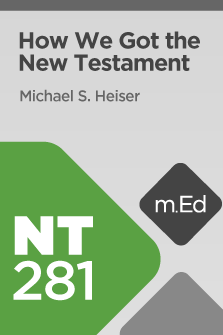
NT281 How We Got the New Testament
Published: 2014
Video Hours: 4
NT281 examines the history of the New Testament text from its inspiration to the discovery and transmission of manuscripts to the use of these manuscripts in modern English translations. It explores the role of scribes in the transmission process and discusses significant Greek New Testament manuscripts upon which modern translations are based. Also included is a discussion of translation philosophies and controversies.
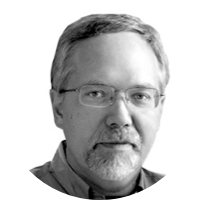
Professor:
Dr. Michael S. Heiser
PhD, University of Wisconsin-Madison; MA, University of Wisconsin-Madison; MA, University of Pennsylvania

NT211 Introducing the Gospels and Acts: Their Background, Nature, and Purpose
Published: 2014
Video Hours: 6
NT211 walks through the pivotal events of history that shaped the social, religious, and political environment of Jesus and the early Church. It examines the nature of the Gospels, explores why the religious leaders opposed Jesus, demonstrates the significance of the resurrection, and discusses key events in the life of the early Church.
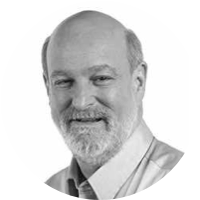
Professor:
Dr. Darrell L. Bock
PhD, University of Aberdeen; ThM, Dallas Theological Seminary
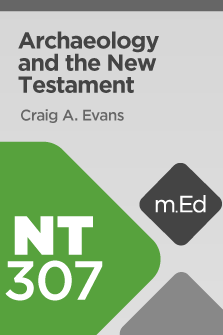
NT307 Archaeology and the New Testament
Published: 2015
Video Hours: 5
NT307 presents the tasks of archaeology and reviews the contributions made to archaeology by other physical and social sciences through their examination of recovered material culture. Findings from archaeology that support the claims of Scripture debunk popular theories that conflict with the biblical accounts and place Jesus within his historic cultural setting are presented. Particular attention to archaeological evidence regarding synagogues, Jewish beliefs regarding death, and Jewish burial customs is given, supporting the Gospel accounts of Jesus’ synagogue ministry, burial, and resurrection.
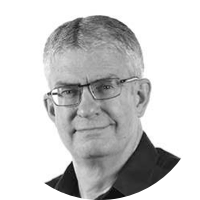
Professor:
Dr. Craig A. Evans
DHabil, Karoli Gaspar Reformatus University; PhD, Claremont Graduate University; MA, Claremont Graduate University; MDiv, Western Baptist Seminary
Mobile Ed Is Powered by Logos Bible Software
Mobile Ed courses are tightly integrated with Logos base packages. The larger your base package, the more recommended course readings will be unlocked. To have access to all of the digital tools and research methods presented in each course, we recommend Logos Gold.
Syllabus & Learning Outcomes
NT281 How We Got the New Testament
How We Got the New Testament (NT281) examines the history of the New Testament text from its inspiration to the discovery and transmission of manuscripts to the use of these manuscripts in modern English translations. It explores the role of scribes in the transmission process and discusses significant Greek NT manuscripts upon which modern translations are based. Also included is a discussion of translation philosophies and controversies.
NT211: Introducing the Gospels and Acts: Their Background, Nature, and Purpose
The New Testament Program of Study is designed to provide a foundation for New Testament studies for both professional and lay ministry. The courses will make the student an able interpreter of the New Testament. The knowledge and skills developed from completing these courses will not only transform the student’s personal interaction with the New Testament but their communication of it to others.
NT307: Archaeology and the New Testament
Archaeology and the New Testament (NT307) presents the tasks of archaeology and reviews the contributions made to archaeology by other physical and social sciences through their examination of recovered material culture. Findings from archaeology that support the claims of Scripture debunk popular theories that conflict with the biblical accounts and place Jesus within his historic cultural setting are presented. Particular attention to archaeological evidence regarding synagogues, Jewish beliefs regarding death, and Jewish burial customs is given, supporting the Gospel accounts of Jesus’ synagogue ministry, burial, and resurrection.
Learning Outcomes
- Identify basic facts about the scope and structure of the NT
- Discuss the concepts of inspiration, inerrancy, and canon with respect to the NT
- Explain the compositional process of the NT
- Trace the transmission of the NT from its beginning to modern times
- Identify the various textual witnesses to the NT
- Describe the nature of textual variants and the process of textual criticism
- Discuss how to evaluate English translations
- Understand the effect of Hellenism on Second Temple Judaism
- Discuss the significance of the temple in Second Temple Judaism
- Summarize the ways in which Jesus created conflict with the religious leaders
- Compare and contrast the canonical Gospels with the “missing gospels”
- Explain the issues of authorship and date associated with each Gospel
- Describe the concept of resurrection in Judaism and the Graeco-Roman world
- Discuss the significance of the resurrection in each Gospel account and to the gospel message
- Summarize the key events in the life of the early Church
- Discuss the tasks of archaeology and relate them to interdisciplinary interaction with other physical and social sciences
- Present a picture of Galilean culture in the first half of the first century AD
- Describe the architectural typology of Jewish synagogues that prevailed for several centuries both before and in the Common Era
- Address the question of the literacy of Jesus and his disciples
- Describe traditional Jewish burial practices and relate them to descriptions of Jesus’ burial and resurrection in the Gospels
- Offer archaeological evidence that refutes popular theories that Jesus survived the crucifixion, did not rise from the dead, and was married and fathered children